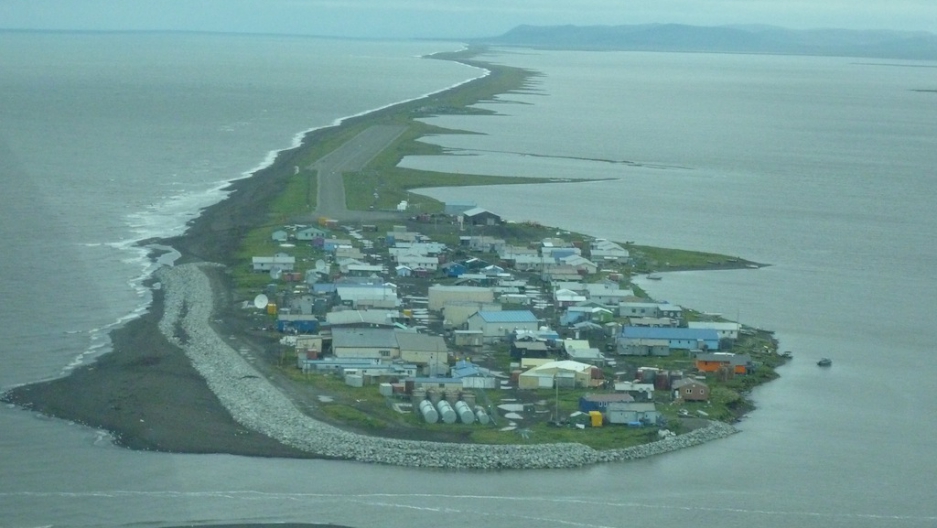Why we need a ‘Polar Code’ for Arctic community resettlement
Adopting a set of community-driven, culturally appropriate best practices can help Arctic communities with relocation.

The eight countries of the Arctic are experiencing the effects of climate change most acutely — a climate that is changing so quickly that it is accelerating the need for relocation of entire communities.
But one difficulty is that so many Arctic communities are afflicted by a troubled history of forced government resettlement.
Take the example of Davis Inlet, a Naskapi community in Labrador, in my home country of Canada. The Government of Canada forced the community to move to the mainland, only to later be faced with the challenges of inhalant abuse, alcoholism and suicide. The situation was so dire that the community voted to outlaw alcohol entirely in 2008.
All too often, resettlement is a government promise for a better life elsewhere. Yet despite several attempts, there remains no blueprint, replicable model or best practice guide for Arctic community resettlement.
What is needed is the creation of a “Polar Code” for Arctic community resettlement to do relocation right. Learning from guidelines adopted by the shipping industry, a Polar Code for Arctic community resettlement would be a community-driven, culturally sensitive approach to relocation.
Under best practices established by such a Polar Code, resettlement would be led by the community. Civic participation, not government edict, would dictate where and how to move. A school or church or another mutually agreed upon building could move with community residents, and this structure would form the foundation for a cultural sanctuary. This cultural sanctuary would be a place for oral narratives, one-of-a-kind artifacts, and miniature models. It would commemorate the town.
Over time, transitional services such as youth educational programs or mental health services would be provided. Since such a Polar Code for Arctic resettlement would be entirely community — not government — led, it would serve to generate further best practices and replicable models for relocation.
This would initially require resources for community mobilization, such as identifying and organizing local influencers to establish a relocation site and prepare documentation of feasibility. It would also require community members to vote on the relocation proposal. Part of this process would entail collectively determining and voting on the building that would form the basis for the cultural sanctuary that would be moved with the community. After many years, once the community has relocated and the cultural sanctuary is operational, out-of-country tourist admissions would fund the provision of transitional services.
The closest example of a such a model of Arctic community resettlement is Kiruna, Sweden. Kiruna sits on the world’s largest iron ore mine, and as mining became deeper and deeper, the ground became more and more unstable. In 2004, the community’s residents — with support from the government — decided to move two miles away. Despite the government’s involvement, what makes this case unique is the community decided which buildings would move with them. It is still an experiment, but this approach may offer lessons for other Arctic communities on the move.
This becomes a reality by focusing on local communities. More specifically, this means pressuring the Arctic Council to lead the identification and dissemination of guiding practices and principles for relocation of local Arctic communities. This work should be developed as a stream within the Arctic Council’s Sustainable Development Working Group. This would allow local communities facing relocation to learn from others who have made the move. It would facilitate collaboration and cross-pollination of ideas and solutions across the Arctic.
How can the Arctic communities remember their culture and history in the face of relocation from a changing climate? The first step to remember the past and reimagine the future ought to be the Polar Code for Arctic community resettlement.
Gillian Christie is a Doctor of Public Health candidate at the Harvard T.H. Chan School of Public Health. She is from Toronto, Canada.

The views expressed here are the writer’s and are not necessarily endorsed by the Arctic Initiative or ArcticToday, which welcomes a broad range of viewpoints. To submit a piece for consideration, email commentary (at) arctictoday.com.